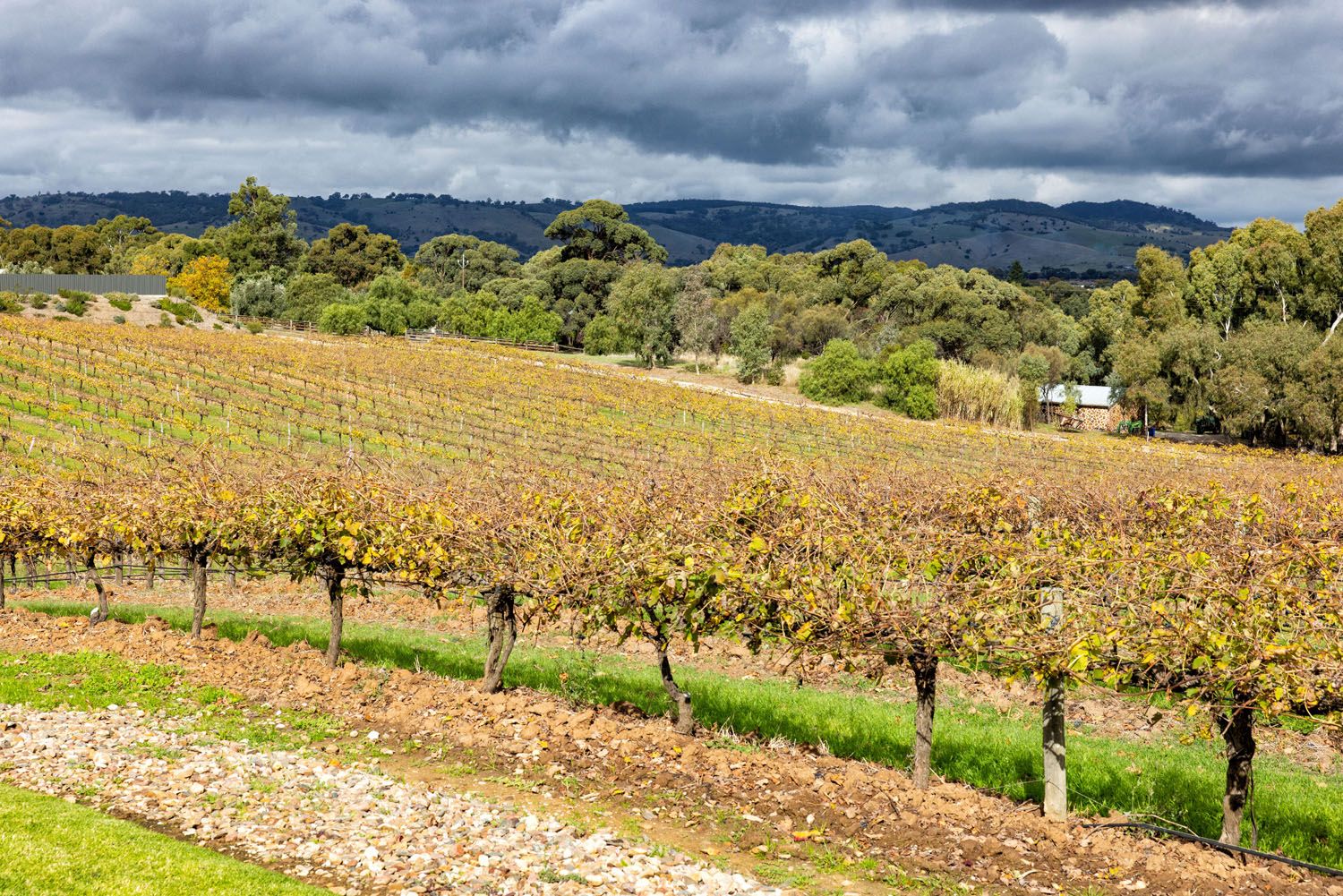 |
| Chardonnay in the shade |
No one reading this little essay will be surprised to hear that Chardonnay remains the nation's best selling white wine. Or, that Chardonnay rules in most of the world's wine drinking countries.
According to 2024 data, Chardonnay is the most planted white wine grape in the world. Same for California, where French Colombard, Pinot Gris, Sauvignon Blanc and Muscat of Alexandria round out the top five.
I find it surprising that Colombard and Pinot Gris beat out Sauvignon Blanc. No question that Pinot Gris has been having its day, and maybe still is. Colombard, though, is another matter. After a major brush with popularity in France and California, interest in Colombard as a wine grape has been waning.
At one time, in France, Colombard was a traditional part of Cognac and Armagnac, but it proved unreliable in the vineyard, and plantings have been shrinking.
In California's Central Valley, where its known as French Colombard, large quantities of the variety are used to fill out jug wine blends. And because of its neutral character, the French Colombard is a favorite of brandy distillers.
As for Chardonnay, when you think of how many white wine grapes there are, it's impressive that a single grape, with relatively little varietal flavor, is such a market beater in the wine shop, the restaurant and the home dining room.
So, it would be worth knowing why Chardonnay is on so many people's wish list. And, what is it about Chardonnay that has people asking for it more often than great white wines like Riesling, or Sauvignon Blanc, or Sémillon, or Gewürztraminer?
The Taste of Chardonnay
A semi-popular trend that circulated around California and Washington not long ago was the emergence of unoaked Chardonnay. Styles went from lots of oak, to no oak, to a little oak, finally to a balanced use of oak as a seasoning. Lately, winemakers in both states have been pretty good getting the oak seasoning just right.
And the oak is all from French forests. No winery, known for Chardonnay, ages it in American, Slovenian, German, Italian, Spanish, Hungarian, or oak from anywhere else.
Looking at Chardonnay sans oak, then, there are primary ripe fruit flavors such as lemons, grapefruit, apples, pears, honeysuckle, roasted nuts, supported by crisp acidity. Chardonnay from warmer vineyards can lean more toward peach and tropical fruit like pineapple.
Old World and New World
The world of Chardonnay is stylistically split between old world Burgundy, and a New World style, predominately from California and Australia. Italy, Spain, Germany and Portugal are considered old world. But, except for northern Italy, the others grow very little Chardonnay.
White Burgundy flavors include Granny Smith apple, mineral and bracing acidity. New World Chardonnay tends to be more ripe fruit, especially mango, passion fruit and Golden Delicious apples.
All of the above are generalizations, since there are many factors that influence the style of any Chardonnay: terroir, clonal selection, use of oak, vineyard orientation, winemaker's preferences, and others.
The important thing is to experiment and sample Chardonnays from different places, until you find the one or two wines that appeal to you the most.
Unsplash photo
Next post: "You've Gotta Be Joking!"
Leave a comment at boydvino707@gmail.com




